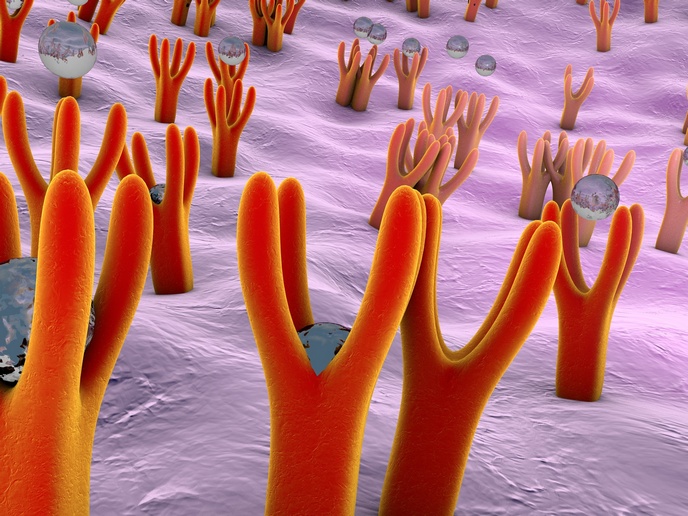The nuts and bolts of molecular machines
The genome provides the blueprint for the myriad of proteins required for life. Proteins are responsible for everything from eye colour to personality traits, cellular signalling and catalysis. They form hormones and antibodies and are often organised into large dynamic molecular machines. Such machines include the ribosome, the nuclear pore and the 26S proteasome that catalyses degradation of unnecessary or damaged proteins. The latter has been implicated in Alzheimer and other neurodegenerative diseases. Determining the atomic-scale structures and mechanisms of functions of molecular machines has proven challenging yet it is critical for development of targeted drugs. EU-funded scientists have now broken through the barrier with results from the project 'A multidisciplinary approach for the computational assembly of large molecular machines from electron density maps' (MOLECULAR ASSEMBLY). Investigators exploited the powerful technique of cryo-electron microscopy (cryo-EM) to observe individual molecules in various states of activity. Cryo-EM is often used together with high-resolution crystallisation that provides atomic-level structural information. However, the 26S proteasome and other molecular machines have eluded crystallisation efforts. These machine must then be reconstructed computationally from the atomic structures of its known subunits. Within the first project year, the team had developed the methodology to do so using cryo-EM electron density maps. The software, ATTRACT-EM, builds on the docking program ATTRACT which is the only method that integrates subunit flexibility into the initial search for structures. ATTRACT-EM enabled for the first time the computational assembly of an important complex required for proper folding of certain proteins. Since then, major improvements and advances have been made increasing docking speed and accuracy. ATTRACT-EM has been implemented with numerous concrete test cases and is now established as a highly successful protocol within the European and international scientific community. More accurate assembly of subunits into molecular machines yields improved accuracy at the atomic level and thus expedites drug design requiring high-resolution detail. Manuscripts are being finalised and a preliminary web interface(opens in new window) provides public access to the open-source algorithms. Widespread application of the protocol should speed delivery of new drugs to treat many devastating diseases.







